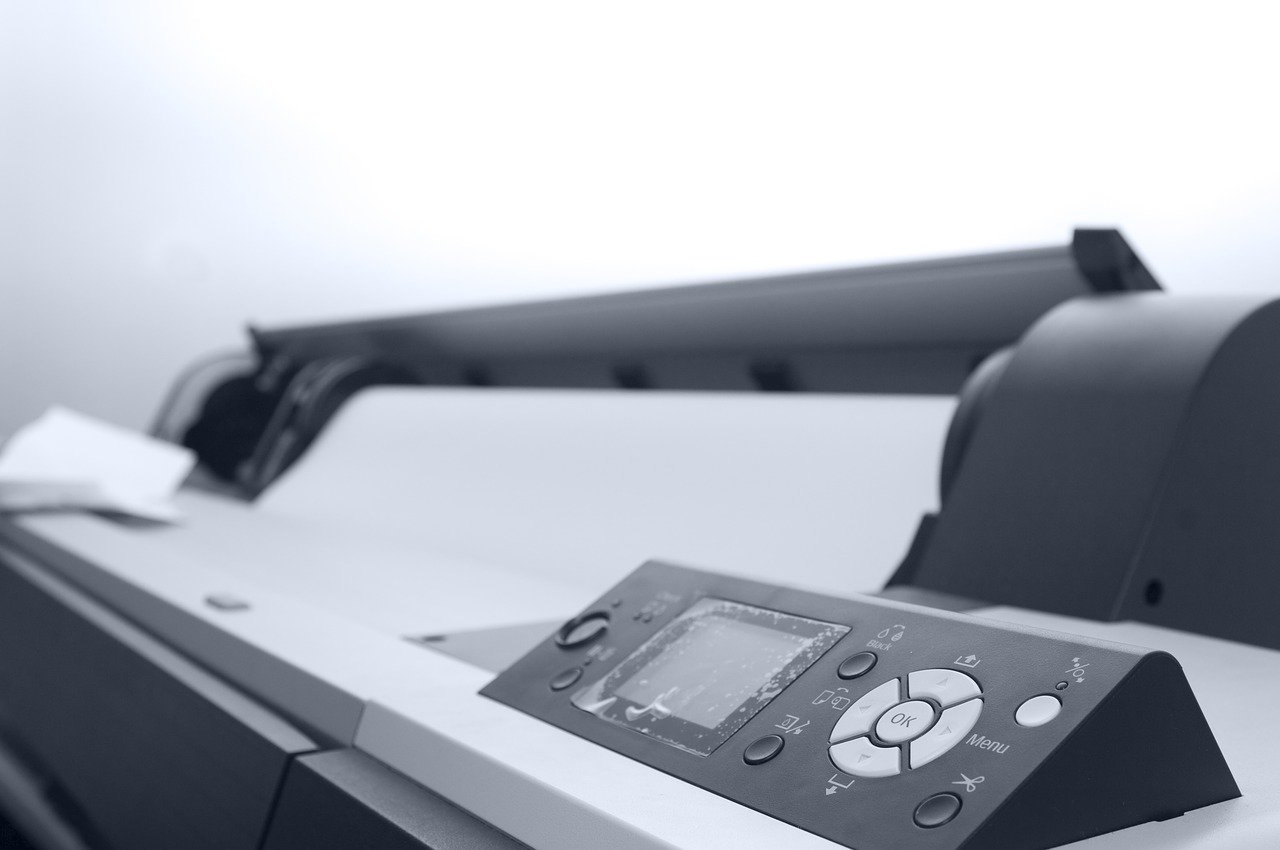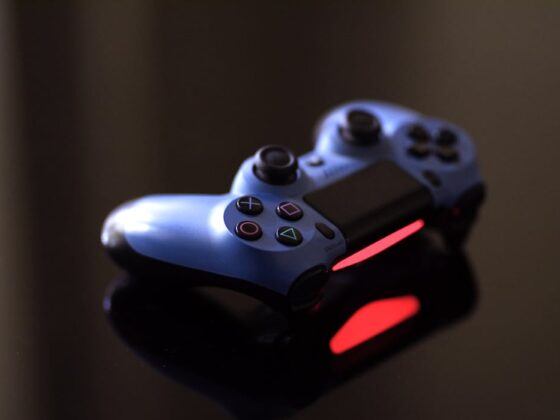
An eye-catching banner can be a useful way to draw more attention to a business at corporate events, trade shows, or expos. If you plan to use a large format print for a future event, it’s important that it gets your message across clearly, that it’s visible from far distances, and that it gets the attention of your target audience. All of this requires designing an image that can work for large format printing. Here are some tips you can use to design a creative large format print.
1. Consider the perspective of the audience.
The first thing you should consider when designing your large format print is the perspective from which your audience will view it. An image that appears closer to ground height will look more different to people than an image that’s higher above them. It’s important to consider this when determining the placement of text, images, and any other elements that you want to be emphasized on your banner. In particular, if your large format print is displayed at a higher height, your design needs to be as simple and clear as possible, so it doesn’t get lost in the crowd of other large format prints you might be competing with.
2. Use unique material.
There are a variety of materials you can use for your grand format prints beyond some of the more common ones like a vinyl canvas. You could use fabric, wood, a foam core board, and even metal as a potential alternative. The canvas material chosen can affect other things you’ll consider, such as the positioning of your large format print and its functionality. It can also be useful for enhancing the image through either providing an extra dimension to the colors used or adding texture. Keep in mind that not all businesses involved in printing use a variety of materials. Be sure to research and find one that offers you the kind of material you want to use for your large format print.
3. Use Pantone colors.
It can sometimes be a challenge to pick the right color for your banner. The ones you choose on your computer may not be exactly what you want for your finished product. A simple solution to this problem is to pick out Pantone colors. These are universally-recognized colors that all printers are aware of. In addition, most design programs and printers use a CMYK format, which lets you know how the banner will look as you’re designing it. If you desire more options of colors, an RBG format can be helpful.
4. Select a good font.
The look of a font can vary based on your audience’s distance from your banner and its size. For example, a font with sophisticated and delicate features can appear blurry when it’s transferred from a smaller image to a larger one. The last thing any business needs is a text that’s hard for their audience to read. Once you select a readable font for your large format print, you should save the text as an image within the file. If your printer’s software doesn’t have the font you used for your text, having it saved as an image will prevent it from being converted to a different one.
5. Use Illustrator.
While Photoshop is useful for other types of designs, Illustrator would be best for creating your large format prints. When using Illustrator, you can create images using vectors. Vectors are 2D shapes that are defined by mathematical equations. In contrast, Photoshop is unable to create vector images, as it can only use rasters. Rasters are images created through a fixed distribution of pixels. This is important because raster images will usually get blurry when they are scaled because of the limited number of pixels. By using vector images that can be created in Illustrator, they scale more easily and won’t be subject to pixelation. It’s important to be aware that images that are created in Illustrator tend to be much smaller than an image created in Photoshop. As a result of the images being smaller, the files are easier to transfer between computers.
6. Use the right print resolution.
An accurate print resolution for a large format print is mostly determined by the distance from which the audience will view the image and its size. At least 150 dpi should be used when designing an image if you want the large format print to be viewed from up to 10 feet away. For greater distances, the resolution should be at least 60 dpi.
7. Select the vector file format.
You should select the vector file format because they’re generally the best to use for transferring your large format graphic image. Vectors are made of smooth lines that can shrink or scale without pixelation. Bitmaps are saved as a grid of pixels and won’t scale without pixelation. Nonetheless, sometimes a designer may use a hybrid of the two files, saving the background as a bitmap, and sophisticated images saved as vectors.
8. Choose a company specialized in large format printing.
After putting together a creative image, it’s important to work with a company that can print quality large format prints. Research a company’s experience with creating large format prints for businesses. Find out how long it normally takes for them to finish projects. Most companies will have a portfolio of their work on their website. You can take a look at some of their previous completed projects and see if the prints look as good as you’d want yours to look. It’s a plus if the company specializes in creating the type of prints you want. Additionally, you can look up online reviews for the business you’re considering for your printing job and see if most people were satisfied with their work.
With any banner you hang at an event, it’s important that it presents a clear message and gets attention. Following these tips will help you create the best large format print that can accomplish these goals. Mobile stage trailers can be a useful option for where you can hang your large format print. You can learn more about them at this link: https://www.craftsmenind.com/mobile-stage-trailer.







